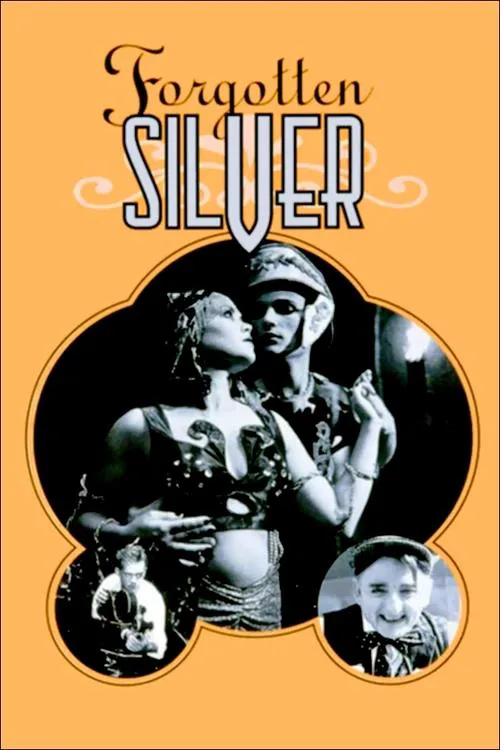Forgotten Silver

Plot
Forgotten Silver is a mockumentary film directed by Peter Jackson and Costa Botes, released in 1995. The movie presents itself as a documentary about the life and career of Colin McKenzie, a fictional New Zealand filmmaker born in 1888. McKenzie is portrayed as a pioneering figure in international cinema, whose innovative techniques and groundbreaking films influenced many prominent filmmakers of the past. The story begins with the death of Colin McKenzie, an 85-year-old filmmaker who lived a life shrouded in mystery. The filmmakers set out to tell his story through a series of interviews with McKenzie's friends, family members, and colleagues. As the interviewees reminisce about McKenzie's life and work, the film flashes back to his early days as a young man in rural New Zealand. Growing up in a poor but close-knit community, Colin McKenzie was fascinated by motion pictures and spent countless hours constructing his own cameras and equipment. He became known for his innovative techniques, which included shooting scenes with a homemade cinematography device and editing films on a custom-made editing table. McKenzie's early experiments led to the creation of several films, including "The Motorists." This primitive but ambitious film captured the attention of local audiences and established McKenzie as a rising talent in the world of cinema. As the story progresses, McKenzie's reputation grows, and his films begin to receive international recognition. He becomes a celebrated filmmaker, with critics praising his groundbreaking techniques and bold storytelling. McKenzie's collaborations with other notable filmmakers, including Orson Welles, Alfred Hitchcock, and Charlie Chaplin, are also highlighted in the film. These encounters helped to further cement his position as a leading figure in the world of cinema. Throughout the film, McKenzie is portrayed as a driven and uncompromising artist who pushes the boundaries of storytelling. His films often dealt with themes of social justice and rebellion against the establishment, which resonated with audiences worldwide. One of McKenzie's most famous films, "The One Man Band," was particularly acclaimed for its innovative use of special effects and its poignant portrayal of the human condition. However, as the filmmakers continue to explore McKenzie's life, they begin to reveal a more complex and multifaceted personality. Despite his international fame, McKenzie remained a reclusive figure who preferred the isolation of the countryside to the glamour of Hollywood. His relationships with his family members were strained, and he was often at odds with the film industry's commercial pressures. One of the most striking aspects of Forgotten Silver is its meticulous recreation of the period's cinematographic style. The film's black-and-white cinematography and production design convincingly evoke the atmosphere of early 20th-century cinema. This attention to detail helps to create a sense of authenticity, even though the entire story is a fabrication. Throughout the film, the line between fact and fiction blurs, leaving the audience wondering what is real and what is constructed. This uncertainty adds to the film's complexity and depth, making it a more nuanced exploration of the human condition than a straightforward biopic. As the story draws to a close, McKenzie's legacy is reevaluated, and his impact on the world of cinema is celebrated. In the final stages of his life, McKenzie becomes increasingly isolated, and his work falls into obscurity. The filmmakers return to the present, where McKenzie has passed away, and his work is rediscovered by a new generation of filmmakers. Forgotten Silver ends with a glimpse of McKenzie's early films being restored and re-released to international audiences, a testament to the enduring legacy of a forgotten pioneer of international cinema. The film concludes with a title card reading, "Colin McKenzie (1888-1973), a true genius of the cinema." The mockumentary's ending leaves the audience reflecting on the power of films to transcend time and to tell the stories of individuals whose impact has been lost to the ages.
Ulasan
Rekomendasi



